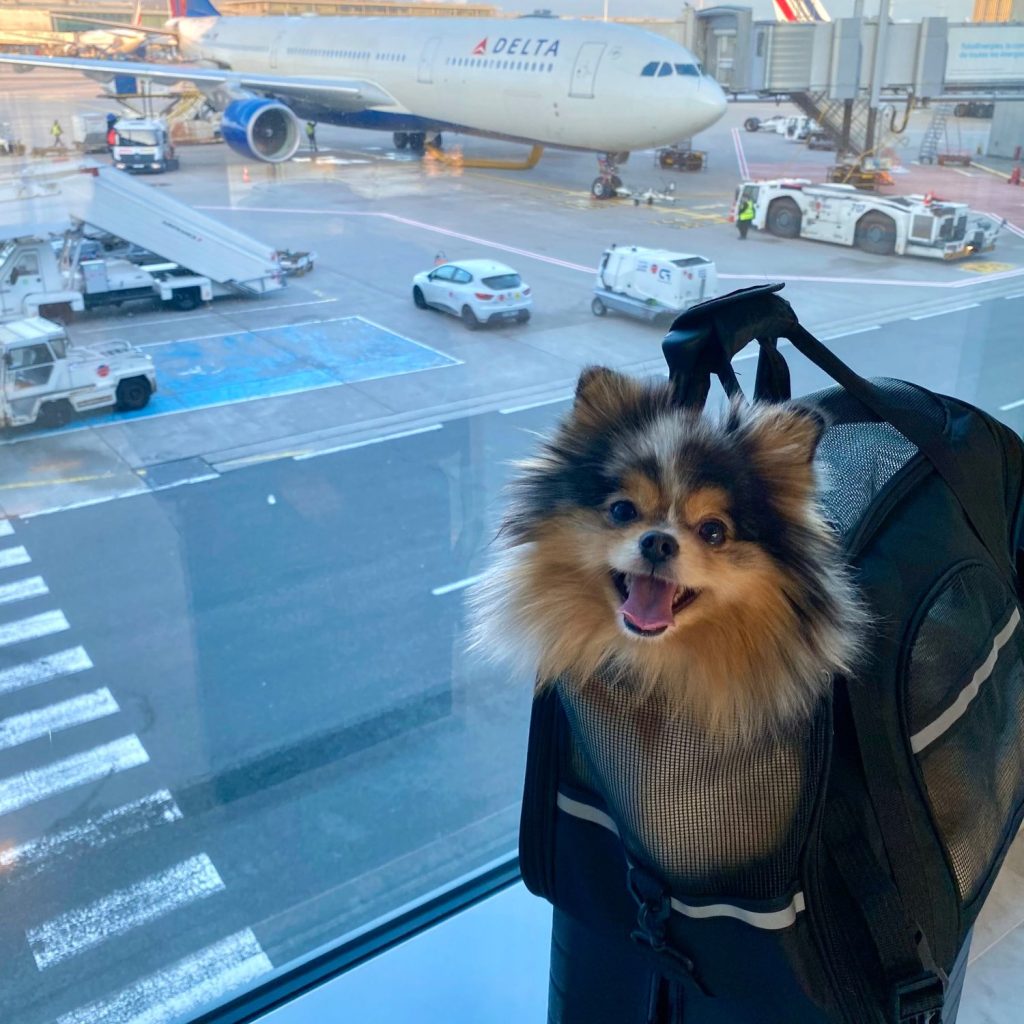Transporting pets internationally
When transporting pets internationally, there are several important considerations
to ensure their safety, health, and smooth transit. Here are key points to keep in mind:
1. Research the Import/Export Requirements
- Different countries have different regulations regarding the importation of animals. You should research the specific requirements of both the departure and destination countries.
- Common requirements include vaccinations, health certificates, microchipping, and quarantine periods.
2. Visit the Veterinarian
- Ensure your pet is up to date on all vaccinations and get a health certificate issued by a licensed veterinarian. This certificate is often required for travel.
- Check if your pet needs additional treatments (e.g., rabies vaccination, tapeworm treatments) based on the destination country’s regulations.
3. Microchip Your Pet
- Many countries require pets to be microchipped for identification. The microchip should be ISO 11784/11785 compliant to be recognized worldwide.
- Make sure the microchip details are registered and up to date in the relevant databases.
4. Choose the Right Travel Carrier
- Ensure that the carrier complies with the airline’s regulations, such as size, ventilation, and durability.
- The International Air Transport Association (IATA) has specific guidelines for pet carriers that are designed for safe air travel.
- Make sure the carrier is well-ventilated, secure, and large enough for your pet to stand, turn around, and lie down comfortably.
5. Plan for the Flight
- Book direct flights if possible to reduce the stress and potential risks associated with layovers.
- Choose a pet-friendly airline that has experience handling animals. Some airlines provide special services for pets, such as pet-only cargo holds or in-cabin options for smaller pets.
6. Prepare for Quarantine (if applicable)
- Some countries, such as Australia and New Zealand, may require pets to undergo a period of quarantine upon arrival. Be prepared for this process and understand the duration and conditions.
7. Check Pet Travel Restrictions
- Ensure that there are no breed restrictions or other limitations on your pet’s entry into the destination country. Some countries ban certain breeds or species, while others may have specific restrictions based on size or weight.
8. Timing and Travel Dates
- Plan the timing of your travel carefully, especially if your pet will be traveling in the cargo hold. Avoid extreme weather conditions (too hot or too cold) that could affect your pet’s safety.
- Confirm the travel dates and check for any public holidays or weekends that may affect processing times or availability of pet transport services.
9. Prepare for Arrival
- Make arrangements for your pet’s arrival in the destination country. This includes ensuring that you have the proper documentation for customs clearance.
- Some countries may require pet passports or specific documents proving the pet’s health and vaccination status.
10. Consider Pet Insurance
- Consider purchasing pet travel insurance in case of unexpected events or emergencies during the trip.
- Insurance can cover things like flight delays, lost pets, or medical treatment.
11. Keep Your Pet Comfortable
- Ensure your pet is comfortable and calm during the journey. Some pets may get anxious when traveling, so consider consulting your vet about any calming treatments or strategies.
- Avoid feeding your pet right before the flight to minimize the risk of motion sickness.
12. Be Aware of Customs and Regulations
- Customs regulations may require certain documentation to be submitted upon arrival, such as a veterinary certificate or proof of vaccinations.
- Failure to comply with customs rules can result in fines, quarantine, or refusal of entry.
By planning ahead and ensuring your pet meets all health and travel requirements

you can help make the international move a smoother experience for both you and your pet.














